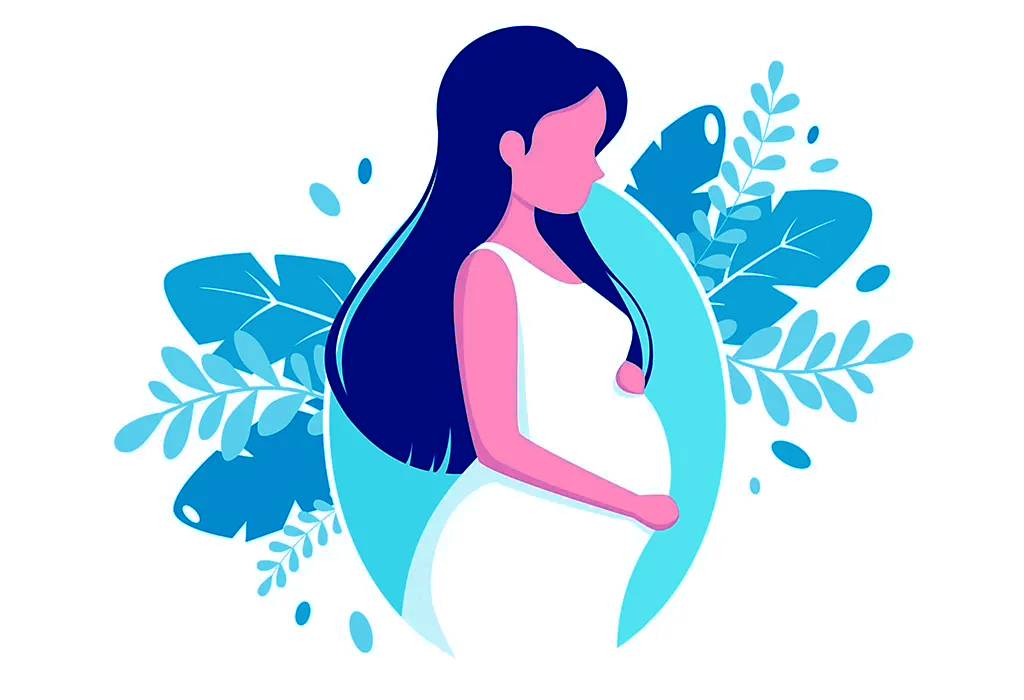
We know how a life germinates after the sperm is implanted in the womb of a woman. But it is not the case that one becomes pregnant immediately after having intercourse. Now this question arises in everyone’s mind that how does the process of conceiving a child take place in a woman’s womb?
There is a complete process only after which the woman is able to conceive. Conception occurs when the ovum (egg) and sperm (sperm) meet each other. After intercourse, it takes between a quarter of an hour and 12 hours for the sperm to reach the fallopian tubes. Generally, conception occurs in the fallopian tubes only. But an important thing is that good quality sperm can survive inside the woman’s body for 6 to 7 days. In such a situation, if the woman is ovulating, she can conceive at any time up to 1 week after intercourse.
Let us try to understand this through these 7 different stages.
7 facts:
1: It is a subject to understand how the ovum (egg) is formed inside the woman’s body. In females, the process of pregnancy starts from the ovaries. These are two small oval organs, which are stuck on either side of the uterus. The ovaries are filled with ova (eggs).
2: If we talk, a little girl is born with 10 to 20 lakh eggs in her ovaries. Many of these eggs begin to die immediately, and the number that remains decreases with increasing age. Periods usually start between 10 and 14 years of age. By this time, about six lakh eggs are alive in the ovaries of the girl. According to the experts, by the age of 30 this number decreases to only 72 to 73 thousand. From the first menstruation of a woman to menopause, she releases about 400-500 eggs.
3: During each period, shortly after menstruation, 3 to 30 eggs begin to mature in one of the ovaries. After this the most mature egg is released, this process is called ovulation. This egg is pulled through the tulip-shaped opening of the nearest fallopian tube. There are two fallopian tubes in a woman’s body, of 10 cm in length.
4: This ovulation usually starts 12 to 14 days before a woman’s next periods. However, the exact time of ovulation depends on the duration of the woman’s menstrual cycle.
5: The thing to note is that many different hormones work together to control the duration of your menstrual cycle, the maturation of the egg and the timing of ovulation.
6: On average an egg survives for about 24 hours. The egg needs to be fertilized by the sperm during this time period for conception to occur. If the ovum meets a healthy sperm on its way to the uterus, there is every chance of a new conception. And if it is not found then the egg disintegrates after reaching the uterus.
7: After this, if conception or pregnancy does not occur, then the ovary stops producing estrogen and progesterone hormones that help in maintaining pregnancy. After which the thick layer of the uterus comes out during menstruation and the remains of the unfertilized egg also come out with it.

The author is a Gynecologist.